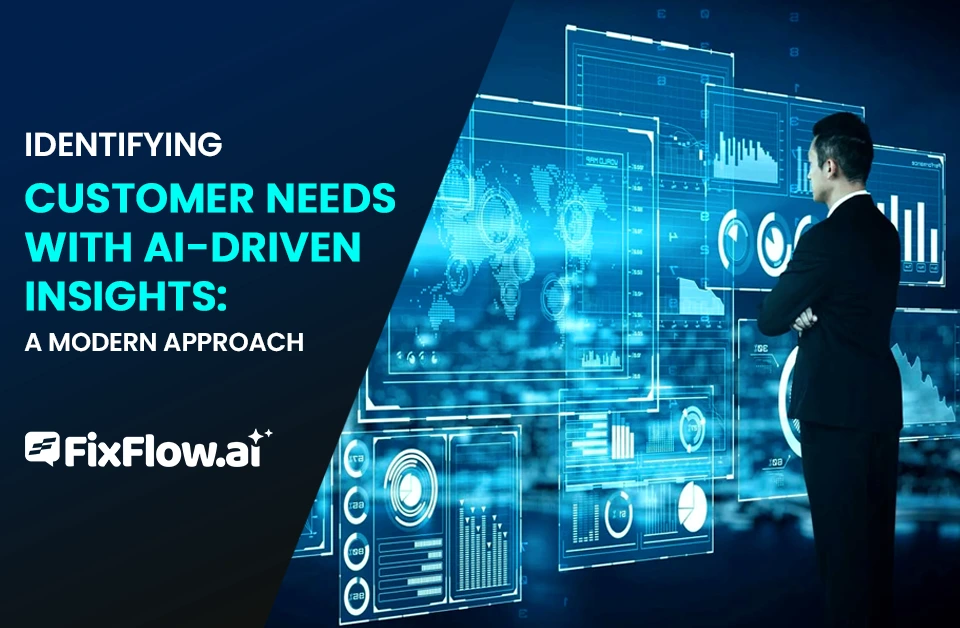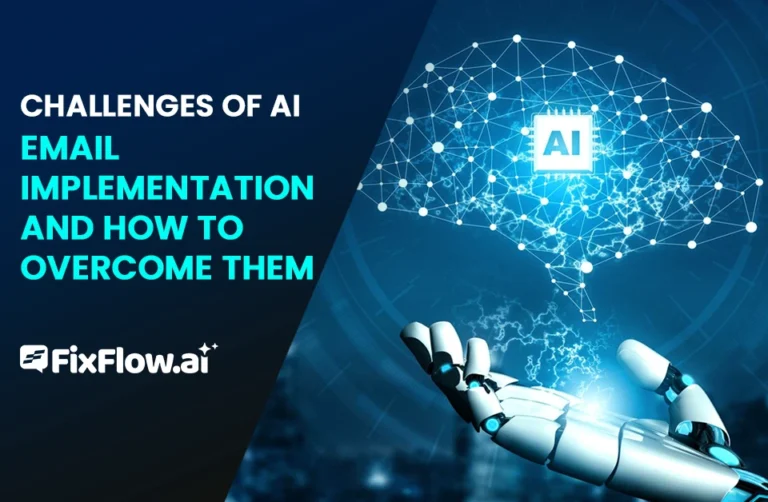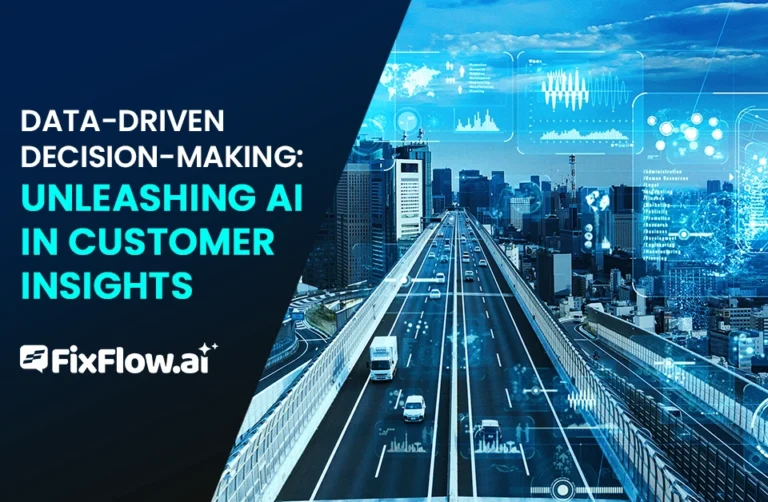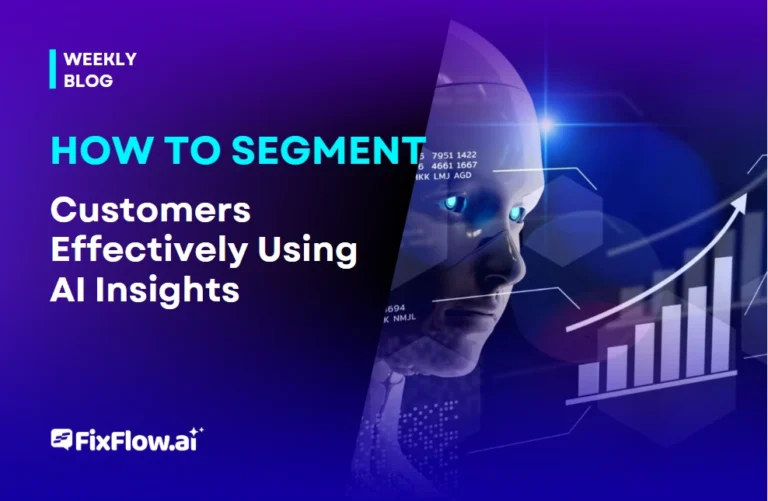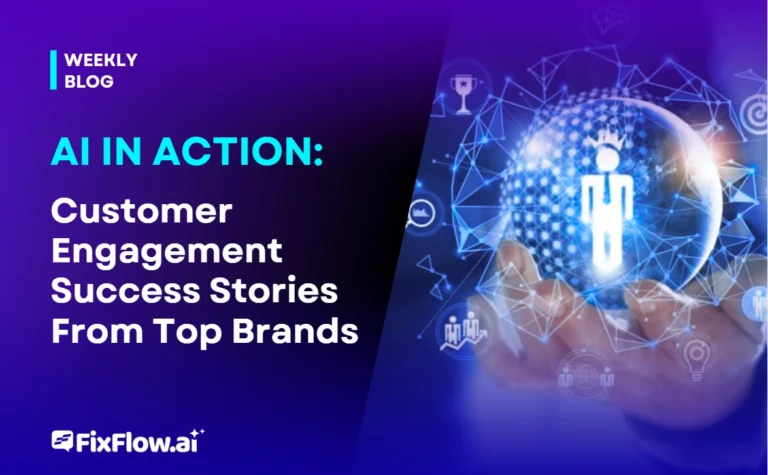Identifying Customer Needs With Ai-Driven Insights: a Modern Approach
You can harness AI-driven insights to uncover customer needs with impressive accuracy. By transforming raw data into actionable insights, AI allows you to predict customer behavior and rapidly adapt to market trends. This enhances personalized marketing by better segmenting your audience and gives you a competitive edge. Effortlessly anticipate preferences and respond to their real-time feedback, boosting satisfaction and loyalty. For effective implementation, align AI solutions with your business goals while ensuring data security. Consider how companies like Netflix personalize user experience through predictive modeling. Explore further to uncover strategies that exceed expectations.
Understanding AI-Driven Insights
In today’s fast-paced digital world, understanding AI-driven insights is crucial for businesses aiming to meet customer needs effectively. By leveraging artificial intelligence, you can dive deep into data analytics, uncovering valuable patterns that inform decision-making. This isn’t just about collecting data; it’s about using it wisely to refine customer segmentation and precisely target specific groups.
AI’s power lies in its ability to process vast amounts of information quickly and accurately, enabling you to apply predictive modeling to anticipate customer behavior. Imagine knowing what your customers want before they do—this foresight allows you to craft personalized experiences that resonate on an individual level. Personalization isn’t just a trend; it’s necessary in today’s competitive market.
Moreover, AI-driven insights help you identify subtle shifts in customer preferences and emerging trends, ensuring you stay ahead of the curve. Effective customer segmentation allows you to tailor your marketing strategies and product offerings, meeting diverse needs with agility. By integrating these insights, you’re enhancing customer satisfaction and driving growth and innovation. Embrace the potential of AI and transform your approach to understanding and serving your customers.
Benefits of AI in Customer Analysis
Harnessing the power of AI in customer analysis offers many benefits that can revolutionize your business approach. By leveraging artificial intelligence, you gain access to deeper customer insights, allowing you to understand customer behavior like never before. AI enhances your ability to collect and process vast amounts of data efficiently, transforming raw data into actionable insights. This means you can swiftly identify patterns and trends that reveal what your customers truly want and need.
One significant advantage is predictive analysis. AI can forecast future customer preferences and behaviors by analyzing past interactions and data collection. This foresight allows you to proactively tailor your offerings, ensuring you meet customer demands even before they arise. Additionally, AI-driven customer insights can help you segment your audience more effectively, allowing personalized marketing strategies that resonate with specific groups.
Furthermore, AI streamlines the process of analyzing customer feedback, enabling you to respond to real-time issues and opportunities. You can enhance customer satisfaction and loyalty by understanding customer sentiment and behavior through AI. Ultimately, integrating AI into your customer analysis boosts your competitive edge and fosters long-term relationships with your clientele.
Implementing AI Solutions Effectively
To effectively implement AI solutions in your business, you must focus on strategic integration that aligns with your specific goals and needs. Start by identifying areas where AI and machine learning can make a difference, like customer profiling and optimization. Understanding your business’s unique challenges will help you select AI tools and technologies. It’s crucial to ensure that AI solutions are tailored to enhance your existing processes rather than disrupt them.
Next, prioritize data security as you integrate AI into your operations. You’ll be dealing with vast amounts of sensitive information, so safeguarding this data is non-negotiable. Implement robust security measures to protect both your customers and your organization. Also, clear data access and storage protocols must be established to maintain trust and compliance.
Finally, focus on optimization by continuously refining your AI systems. Leverage machine learning to adapt to new data and improve accuracy over time. Regularly update your models to reflect changing customer behaviors and market trends. By fostering a culture of continuous improvement, you’ll ensure that your AI solutions remain relevant and effective, ultimately leading to better customer insights and business outcomes.
Real-World Applications and Examples
You’ll find numerous examples of how AI-driven insights are applied in the real world, where businesses have successfully transformed customer understanding. Take Netflix, for instance. By leveraging predictive modeling, they analyze your viewing habits to personalize recommendations, enhancing your customer experience (CX). This personalization isn’t a shot in the dark; it’s powered by sophisticated data visualization techniques that provide clear insights into what content you might enjoy next.
Retail giants like Amazon also thrive by using AI-driven insights. They employ predictive modeling to anticipate your purchasing needs and preferences, uniquely tailoring your shopping experience. This approach doesn’t just boost sales; it significantly elevates the overall customer experience by making you feel understood and valued.
In the hospitality industry, Marriott uses AI-powered data visualization to track and predict trends in customer preferences. By doing so, they can offer a more personalized experience, from room selection to dining options. These real-world applications demonstrate how AI-driven insights can transform customer experience across industries, making interactions more meaningful and tailored to your needs. This modern approach meets and often exceeds customer expectations, fostering loyalty and satisfaction.
Future Trends in AI and Customer Needs
As AI technology continues to evolve, businesses are set to experience a significant shift in identifying and responding to customer needs. Artificial intelligence is becoming increasingly sophisticated, enabling companies to leverage predictive modeling for more accurate trend analysis. This means you can anticipate what your customers want before they know it themselves. Integrating AI into your operations enhances the customer experience (CX) through personalized interactions and timely solutions.
In the future, AI will play a pivotal role in transforming customer engagement. Imagine having systems that can detect subtle shifts in customer preferences and adjust your strategies accordingly. This ongoing adaptation ensures that your business always stays one step ahead. With AI-driven insights, you can offer a seamless CX that aligns perfectly with your customers’ evolving expectations.
Moreover, as AI tools become more accessible, you’ll find that integrating them into your business processes is not just a possibility but a necessity. By embracing these technologies, you set your business on a path to meet and exceed customer needs, ensuring long-term loyalty and competitive advantage. Embrace this trend, and your business will thrive in a rapidly changing marketplace.
Frequently Asked Questions
How Does AI Handle Cultural Differences in Customer Needs Analysis?
When you’re looking to understand cultural differences in customer needs, AI can help. It analyzes diverse datasets to capture cultural nuances. By using Natural Language Processing, AI interprets language-specific sentiments and cultural references. It’s all about customizing algorithms to handle regional variations and get tailored insight into different markets. Remember, continuous learning from new data ensures AI stays relevant and sensitive to cultural shifts.
What Role Does Human Oversight Play in AI-Driven Customer Insights?
In AI-driven customer insights, your role is crucial for ensuring accuracy and context. While AI can process vast amounts of data, it doesn’t capture cultural nuances or ethical considerations as effectively as you do. Your oversight helps validate AI findings, ensuring they align with real-world scenarios. By providing feedback and refining algorithms, you’re essential in integrating human touch into AI processes, fostering trust, and enhancing overall customer understanding.
How Can Small Businesses Afford AI Technologies for Customer Insights?
You may wonder how small businesses can afford AI technologies for customer insights. Start by exploring affordable AI tools specifically designed for small enterprises. Look for platforms offering scalable solutions with pay-as-you-go pricing models. Leverage free trials or open-source options to test functionalities before committing. Collaborate with tech startups that may offer discounted rates for early adopters. Investing in AI is about long-term value and enhancing customer understanding.
What Ethical Considerations Are Involved in AI-Driven Customer Analysis?
When you’re diving into AI-driven customer analysis, ethical considerations are crucial. Consider data privacy, ensuring you’re transparent about what data you collect and how it’s used. It’s also important to avoid bias in AI algorithms, which can lead to the unfair treatment of customers. Additionally, data security should be considered to protect sensitive information. Always prioritize ethical standards to maintain trust and build long-lasting customer relationships.
How Do AI Algorithms Adapt to Rapidly Changing Customer Preferences?
You may wonder how AI algorithms keep up with swiftly changing customer preferences. They do this by continuously learning from real-time data. These algorithms adjust predictions and recommendations on the fly by analyzing patterns and trends as they emerge. With machine learning, they refine their models based on new inputs, ensuring they’re always aligned with current customer behaviors. It’s like having a constantly updating guide to what your customers want right now.

